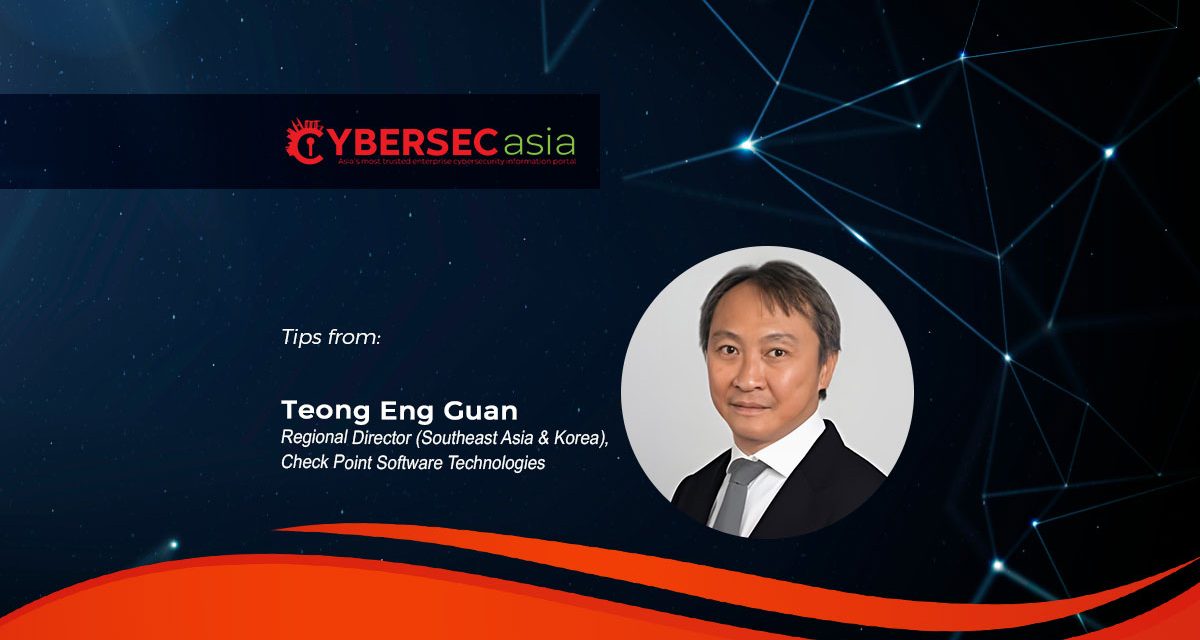What stone has possibly been left unturned in the search for cyber resilience? Find out here, and know the mitigation strategies
The sensitive and proprietary data of so many organizations is now transmitted to, processed by, and stored in third-party computing environments. However, when third parties also engage other external parties (that is, fourth parties) to support their operations and handle your organization’s data, then a wildcard presents itself.
These fourth-party risks are an often-overlooked yet significant threat in today’s interconnected digital landscape. If mishandled, these risks, stemming from the external parties your vendors engage to support their operations, can lead to severe financial, operational, and reputational consequences.

Understanding and managing fourth-party risks therefore requires clear visibility, effective processes, and the right tools.
Identifying fourth-party risks
Finding out which parties handle your organization’s sensitive information behind the scenes is the most important first step.
National cybersecurity regulations may require robust vendor due diligence in highly regulated sectors such as banking, insurance companies and health care service providers may have previously mandated risk managers to request fourth party information from third parties. The contractual stipulation of the required disclosure makes it easier to collect the information. However, in cases where existing contracts lack such provisions, organizations can turn to External Attack Surface Management (EASM) tools that can be used to identify vulnerabilities across an organization’s public-facing assets, including those tied to third and fourth parties.
These tools continuously scan for digital assets, flagging vulnerabilities and risks that may otherwise remain invisible.
Managing the overlooked risks
Once identified, managing fourth-party risks involves:
- Reviewing security controls: Request third parties to clarify how they monitor and secure their fourth-party relationships. Ensure their processes meet your organization’s stringent standards.
- Evaluating service level agreements: Align third-party security incident response times with your organization’s recovery and regulatory requirements.
- Ongoing monitoring: Use tools such as security scoring platforms and EASM to continuously assess vulnerabilities in both third- and fourth-party systems. Proactively track high-risk fourth parties to detect breaches or downtimes that could disrupt your operations.
Note that over-reliance on a single fourth-party vendor poses concentration risks. For example, if multiple third parties depend on the same service provider, a failure in that fourth party could result in a cascade of disruptions. Assess these risks with vendors and encourage diversification where feasible. Larger vendors may already have strategies to mitigate such risks, so that engaging them in discussions can provide valuable insights.
Another strategy for effective management of third- and fourth-party risks is strong collaboration across departments. While vendor management teams typically handle onboarding and due diligence, in many cases the direct interaction with the third parties is done by IT and application owners who are decentralized from the enterprise-level departments. Often, disconnections between the enterprise-level departments and front-line owners who deal with the third-party relationships first-hand exist when actual service levels are not (timely) communicated. This is particularly imminent when there is no enterprise-wide procurement, third-party vendor, or supply chain management platform in place. To improve coordination, organizations can:
- Establish an enterprise-wide vendor management platform that integrates security scores and tracks updates on third- and fourth-party information
- Require annual updates to these platforms, aligned with contract renewals and SLA reviews
- Use responsibility assignment matrix charts to clearly define roles and responsibilities, to ensure that centralized and decentralized teams work cohesively
Overall the key is to implement a proactive, multi-pronged approach that goes beyond traditional vendor management strategies to address the complexities of an interconnected supply chain. However, bear in mind that reliance on technology alone is insufficient. Only by amalgamating people, processes, and technologies in a thoughtful and coherent way could fourth-party risks be managed properly.
Ultimately, managing such risks is about staying ahead of the curve in a rapidly evolving threat landscape.

















